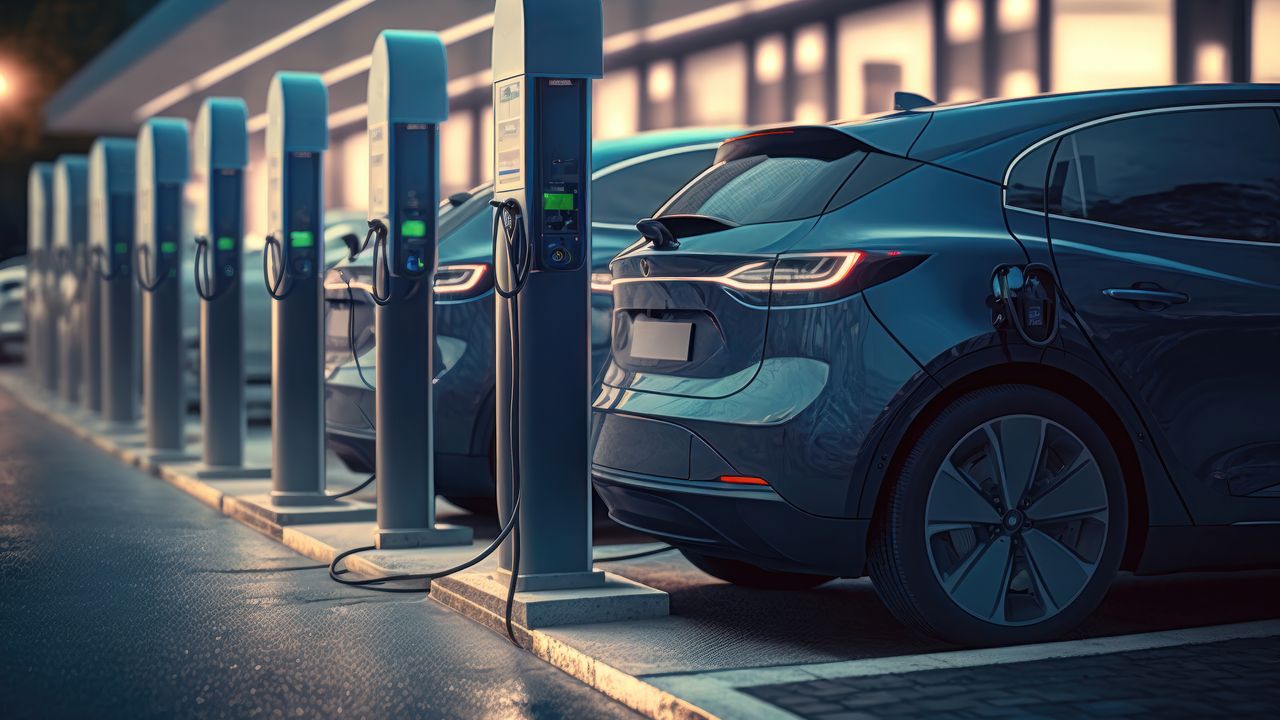The Future of Electric Cars and E-Mobility
In recent years, there has been a significant shift in the automotive industry towards electric cars and e-mobility. With the increasing concern for the environment and the need to reduce greenhouse gas emissions, electric vehicles (EVs) have emerged as a promising solution. In this blog post, we will explore the future of electric cars and e-mobility, including the concepts of shared mobility and autonomous driving.
E-Mobility: A Sustainable Transportation Solution
E-mobility refers to the use of electric vehicles as a means of transportation. Unlike conventional vehicles that rely on fossil fuels, electric cars are powered by electricity, making them a more sustainable alternative. With advancements in battery technology, EVs are becoming more efficient and capable of longer ranges, making them a viable option for everyday commuting.
One of the key advantages of e-mobility is the reduction in greenhouse gas emissions. Electric cars produce zero tailpipe emissions, which helps to combat air pollution and mitigate climate change. As governments and individuals become more conscious of the environmental impact of transportation, the demand for electric vehicles is expected to grow exponentially in the coming years.
Shared Mobility: The Rise of Car-Sharing Services
Shared mobility is a concept that involves the sharing of transportation resources, such as cars, bikes, or scooters, among multiple users. Car-sharing services, in particular, have gained significant popularity in recent years. Companies like Uber and Lyft have revolutionized the way people travel by offering convenient and cost-effective alternatives to traditional car ownership.
Electric cars play a crucial role in the shared mobility ecosystem. With their lower operating costs and reduced environmental impact, electric vehicles are well-suited for car-sharing services. As more people embrace the idea of sharing rides, the demand for electric car-sharing programs is expected to rise. This shift towards shared mobility not only reduces traffic congestion but also contributes to a more sustainable transportation system.
Autonomous Driving: The Future of Mobility
Autonomous driving, also known as self-driving or driverless technology, is another significant development in the automotive industry. With advancements in artificial intelligence and sensor technology, autonomous vehicles are becoming a reality. These vehicles have the potential to transform the way we commute and travel.
Electric cars and autonomous driving go hand in hand. Electric vehicles provide a reliable and efficient platform for autonomous technology. The combination of electric and autonomous vehicles can lead to safer and more efficient transportation systems. With self-driving cars, people can utilize their travel time more effectively, reduce accidents caused by human error, and optimize traffic flow.
The Future is Electric, Shared, and Autonomous
The future of transportation lies in the convergence of e-mobility, shared mobility, and autonomous driving. Electric cars are at the forefront of this revolution, offering a sustainable and efficient alternative to traditional vehicles. Shared mobility services are transforming the way we think about transportation, promoting resource-sharing and reducing the need for individual car ownership. Autonomous driving technology is set to revolutionize the way we travel, making our roads safer and more efficient.
As we move towards a greener and more connected future, it is essential to embrace the potential of electric cars and e-mobility. By adopting these technologies, we can create a more sustainable and efficient transportation system for generations to come.
Conclusion
Electric cars and e-mobility are paving the way for a sustainable and efficient future of transportation. The concepts of shared mobility and autonomous driving further enhance the potential of electric vehicles, creating a holistic approach to mobility. As we embrace these technologies, we can reduce our carbon footprint, alleviate traffic congestion, and create a more connected and sustainable world.
